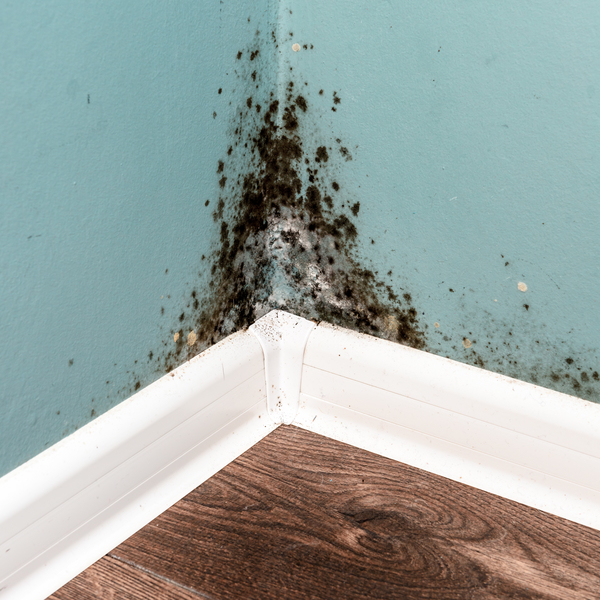Even if you can’t see a leak in your roof, it could still be there. A leaking roof can be very damaging over time. As moisture collects on the framework or even the foundation of the house, serious damage can occur.
Unfortunately, checking your ceiling for stains or having to put a bucket out aren’t the only potential signs of a leaky roof. Moisture could be getting into your house or business, even if you can’t detect any changes from the outside.
Algae and Mold
If you see a lot of algae and mold cropping up on your roof, it can be a symptom of a leaking roof. Algae and mold grow where there is a lot of collecting moisture, so if you notice it growing in places that it shouldn’t—outside of a dark, shady corner, it’s likely that this section of the roof is taking in more moisture than it should. Flat roofing in humid areas like NYC and other sections of the US close to the water are very susceptible to mold so whether your exterior is sloped or flat you need to be on the lookour for these bacterial growths.
Even if the roof itself is fine, algae and mold can be damaging to the roof because they hold in more moisture than the roofing system is designed to handle. Remove any algae or mold promptly, check for damage, and keep trees that may otherwise shade the roof trimmed back so that it doesn’t cause even more damage.
Damaged Roof Flashing
Many roofing leaks start around the flashing of chimneys and vents on your roof. Flashing is a necessary weakness in your roof, allowing a chimney to come through the roof without moisture getting in. Unfortunately it’s also prone to failure, so if you suspect a leak this is the first place to check.
Getting up on the roof and peforming a royal grade roof & flashing inspection for wear and tear can help you spot small repairs that need to be made before they become big repairs.
Granules in gutters
Cleaning the gutters regularly can also help you check for damage before there are more dramatic signs inside of your house. If you notice a lot of granules or even chunks of shingles in your gutters, it’s time to check your roof more carefully for other signs of damage. Curling shingles, missing shingles, and other signs of wear and tear on your roof may signal that it’s time to repair or replace it.
Paying close attention to your roof can save you from needing to make more expensive repairs later, or having to fix damage to the framework of your home when just the roof needed replaced. The signs of a roof that needs to be replaced can be subtle, and may not necessarily show up in the form of flashy stains or dripping ceilings.
By the time you notice a bulge in your living room ceiling, moisture damage may have been eating away at your home for a long time.
